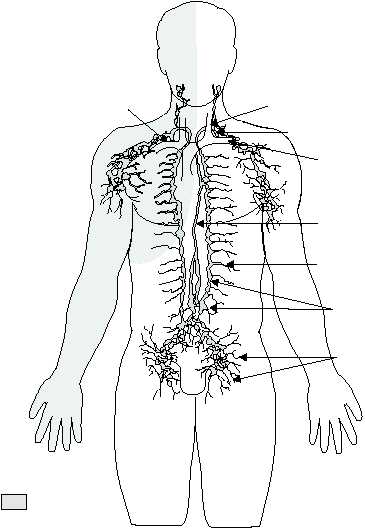musculoskeletal action, which resembles that of a
bellows, causes air to be inhaled or exhaled.
Physiological respiration involves an exchange
of gases, oxygen and carbon dioxide, at two points in the
body. The first is the transfer that occurs in the lungs
between the incoming oxygen and the carbon dioxide
present in the capillaries of the lungs (external
respiration). The second transfer occurs when oxygen
brought into the body replaces carbon dioxide build up
in the cellular tissue (internal respiration).
Normally, oxygen and carbon dioxide exchange in
equal volumes; however, certain physiological
conditions may throw this balance off. For example,
heavy smokers will find that the ability of their lungs to
exchange gases is impaired, leading to shortness of
breath and fatigue during even slight physical exertion.
This debilitating situation is the direct result of their
inability to draw a sufficient amount of oxygen into the
body to replace the carbon dioxide build-up and
sustain further muscular exertion. On the other hand,
hyperventilation brings too much oxygen into the
body, overloading the system with oxygen, and
depleting the carbon dioxide needed for balance.
ANATOMY OF THE RESPIRATORY
SYSTEM
Air enters the nasal chambers and the mouth, then
passes through the pharynx, larynx, trachea, and
bronchi into the bronchioles. Each bronchiole is
surrounded by a cluster of alveoli (fig. 1-39).
Nasal Cavity
Air enters the nasal cavity through the nostrils
(nares). Lining the nasal passages are hairs, which,
together with the mucous membrane, entrap and filter
out dust and other minute particles that could irritate
the lungs. Incoming air is warmed and moistened in the
1-33
HM3f0138
AREA DRAINED BY
RIGHT LYMPHATIC
DUCT
RIGHT LYMPHATIC
DUCT
LEFT INTERNAL
JUGULAR VEIN
THORACIC
DUCT
LEFT
SUBCLAVIAN
VEIN
THORACIC
DUCT
LYMPHATIC
TRUCK
LYMPH
NODE
LYMPHATIC
VESSEL
LEGEND
Figure 1-38.—Pathway of right lymphatic duct and thoracic duct.



